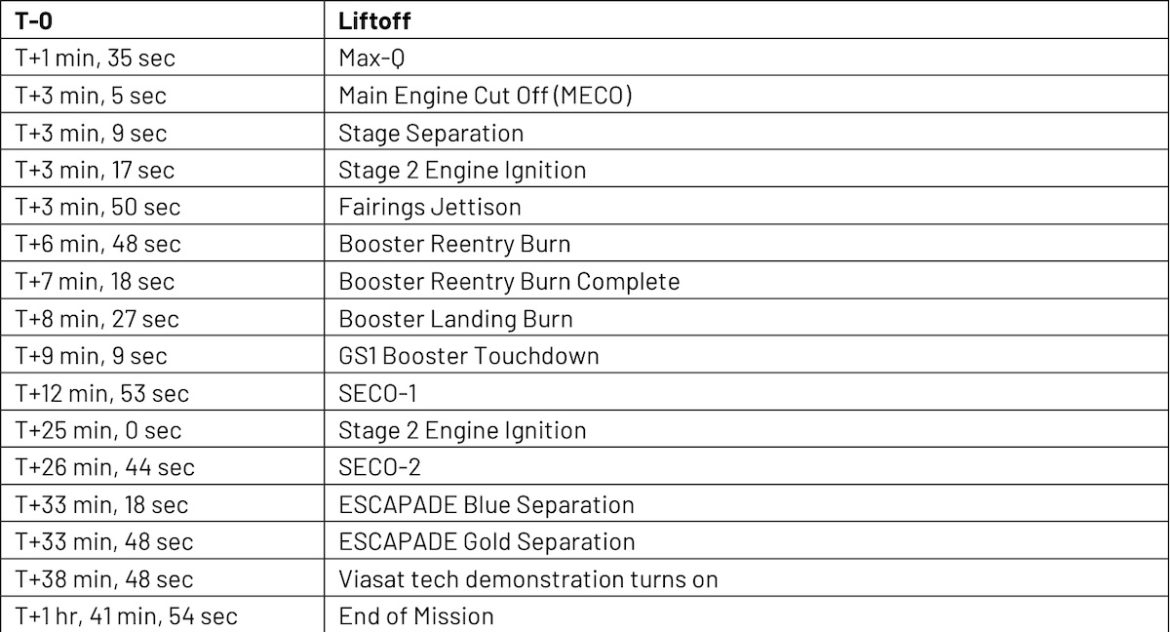Heading towards the east, the rocket will exceed the speed of sound in just over a minute. After ascending through the stratosphere, New Glenn will deactivate its seven booster engines and detach its first stage a little over 3 minutes into the flight. Dual BE-3U engines, fueled by liquid hydrogen, will ignite to complete the task of propelling the ESCAPADE satellites into deep space. The rocket’s path will direct the satellites toward a stable gravitational zone beyond the Moon, known as the L2 Lagrange point, where they will enter a loosely-bound loiter orbit, awaiting the optimal moment to proceed to Mars.
Simultaneously, the New Glenn booster, towering at nearly 20 stories high, will initiate maneuvers to approach Blue Origin’s recovery vessel stationed a few hundred miles downrange in the Atlantic Ocean. The concluding phase of the descent will involve a landing burn using three of the BE-4 engines, then transitioning to a single engine to manage the booster’s landing on the platform, named “Jacklyn” in tribute to Bezos’ late mother.

The launch timeline for New Glenn’s second mission.
New Glenn’s first launch earlier this year was a success, but the booster’s descent did not go as planned. The rocket failed to restart its engines and crashed into the ocean.
“We’ve made several modifications to our propellant management system, along with a few minor hardware updates, to improve our chances of landing that booster on this mission,” stated Laura Maginnis, Blue Origin’s vice president of New Glenn mission management. “That was the main factor that shifted us from January to our current timeline.”
Blue Origin representatives are optimistic about their ability to land the booster this time. The company’s confidence has led officials to tentatively schedule a reflight of this specific booster on the upcoming New Glenn launch, expected in the early months of next year. This launch is intended to deliver Blue Origin’s initial Blue Moon cargo lander to the Moon.
“Our top priority is to ensure ESCAPADE is safely and successfully delivered to L2, and ultimately towards Mars,” Maginnis commented during a press conference on Saturday. “We are also aiming to land our booster. If we don’t achieve a landing, that’s fine. We have multiple vehicles in production. We are eager to see how the mission unfolds tomorrow.”
Tracing a kidney bean
ESCAPADE’s journey through space, in relation to the Earth, has a unique kidney bean shape. In astrodynamics, this is referred to as a staging or libration orbit. It’s designed to maintain the spacecraft on a stable course while waiting for the chance to head to Mars late next year.

